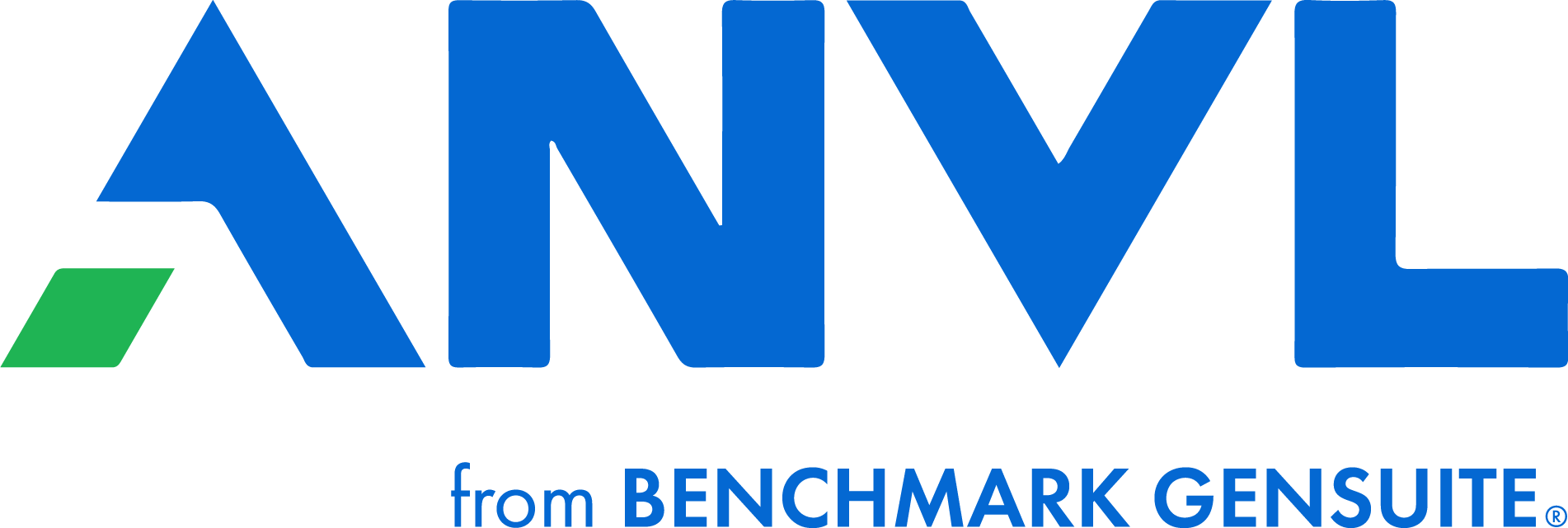Schedule a demo
Want to learn more? Schedule a demo with us.
Near miss reporting software has become a vital tool for workplace safety and accident prevention. This innovative technology enables organizations to identify and mitigate potential hazards before they escalate into more severe incidents. By enhancing near miss report management processes, companies can foster a proactive safety culture that minimizes risks and optimizes operational efficiency.

What Is a Near Miss Report?
A near miss report is a crucial element of an effective safety management system. It documents an incident that could have resulted in injury, illness, or property damage but did not due to timing, intervention, or sheer luck. Near miss events often serve as early warning signs of more significant underlying issues that require attention. Near miss solutions help organizations gather valuable data from these close calls and use it to inform decisions about risk mitigation strategies.
Streamline User Reporting
One of the main benefits of utilizing near miss reporting software is its ability to streamline the reporting process. By making the process quicker and more user-friendly, near miss reporting software ensures that near misses are consistently reported throughout the organization. Moreover, this software also supports real-time analysis and automated notifications, making it possible to respond to incidents almost immediately.Improve Data Analysis
Another advantage of near miss reporting software is its capacity for comprehensive data analysis. The ability to aggregate information from numerous reports enables organizations to discern patterns and trends in their operations quickly. In turn, this facilitates better strategic planning by providing insights into areas where hazards may be prevalent or where safety procedures may need improvement.Feed Business Intelligence
Furthermore, near miss solutions often feature advanced analytical capabilities such as root cause analysis tools and customizable dashboards. These features provide visual representations of key performance indicators (KPIs), empowering decision-makers with actionable intelligence on which they can base strategic interventions.Boost Credibility
Using a robust near miss reporting software solution can yield external benefits as well. Demonstrating a commitment to continuous improvement through diligent near miss report management can boost an organization's reputation among clients, investors, and regulators — potentially leading to business opportunities and better regulatory compliance outcomes.By streamlining the reporting process and providing sophisticated analytical tools, near miss reporting solutions empower companies to learn from close calls before they escalate into more severe incidents. With advantages like these, it’s no wonder that near miss reporting software has quickly become an essential tool for progressive organizations throughout the world.
Near Miss Reporting
Near miss reporting is an essential component of safety management systems and risk assessment processes in various industries, including construction, manufacturing, transportation, healthcare, and more.Importance of Near Miss Reporting
By proactively addressing near misses, organizations can:- Prevent future accidents from occurring
- Enhance workplace safety culture
- Reduce employee injuries
- Improve regulatory compliance
- Mitigate the costs of lost productivity
Near Miss Incident Report
One of the most crucial elements in an effective near miss reporting system is a well-structured near miss incident report. This essential document serves to capture pertinent information about the near miss event so that it can be analyzed to identify root causes and prevention strategies.A comprehensive near miss incident report includes details like:
- The date and time of the near miss occurrence
- The location of the near miss event
- The names of any personnel involved
- A description of what happened (including a sequence of events)
- The factors that contributed to the incident (such as human error or equipment failure)
- Any actions taken to prevent a recurrence
- Important lessons learned from the experience
Near Miss Reporting Forms
To streamline the process of capturing all this information in a consistent manner, many companies use standardized near miss reporting forms. These forms contain clearly defined fields for entering required information and provide ample space for employees to elaborate on their observations. Using a templated approach enables management teams to quickly review submitted reports and identify trends, making it easier to quickly develop targeted interventions.Employee Training and Communication
It’s also crucial to encourage employees to be vigilant in recognizing early warning signs of potential hazards. This requires promoting awareness about what constitutes a near miss event. All employees should be trained on how to identify situations where harm was narrowly avoided, and the importance of promptly documenting these occurrences should be clearly emphasized.Throughout the process of training employees on near miss safety procedures, it’s essential to maintain a culture of open communication and constructive feedback. By fostering a culture that prioritizes safety through open communication and continuous improvement, companies can achieve better regulatory compliance while also minimizing costs.
Benefits Of Near Miss Reporting
Near miss reporting plays a crucial role in accident prevention throughout various industries — particularly those that involve high-risk operations or hazardous environments.
Address Potential Hazards
The primary benefit of near miss reporting lies in its ability to assist in identifying potential hazards or unsafe practices before a serious incident occurs. By thoroughly investigating near misses and maintaining a near miss log, organizations can take proactive measures to address safety issues and ensure the well-being of their workforce.Promote a Culture of Workplace Safety
Another advantage of near miss reporting is that it encourages a culture of safety within an organization. Near miss reporting helps employees become more aware of the risks associated with their tasks and motivates them to report anomalies or deviations from standard procedures without fear of retaliation. A culture of open communication invites a collaborative approach toward improving workplace safety, as management and workers alike can contribute their insights to develop effective solutions.Unlock Data Insights
Another benefit of near miss reporting is the wealth of data it generates. By analyzing this information, organizations can gain valuable insights into the root causes of potential accidents and pinpoint recurring issues that may impact overall operational safety. A data-driven approach makes it possible for businesses to implement targeted interventions that address specific safety concerns.Track the Effectiveness of Safety Measures
Maintaining a near miss log makes it possible for organizations to track the effectiveness of their workplace safety procedures over time. As hazards are identified, and corrective actions are implemented, reviewing previously logged near miss incidents can aid in evaluating the effectiveness of these measures and help determine where further action may be necessary. An updated near miss log also serves as an essential tool for employee training by providing valuable real-life examples of potential dangers in the workplace.Ultimately, near-miss investigation benefits all stakeholders throughout an organization — from employees to company leadership. Not only does near miss reporting support proactive hazard identification, but it also helps companies drive continuous improvement through data analysis and performance monitoring. By prioritizing open communication among employees and actively maintaining a near miss log, businesses can create a safer working environment for everyone.
Connected Worker Platform
A connected worker platform is an innovative software solution designed to revolutionize the way organizations manage and engage their workforces. By leveraging cutting-edge technology, these platforms empower employees to share critical information in real-time and streamline complex workflows across departments and physical locations. In essence, a connected worker platform promotes a culture of collaboration, communication, and continuous improvement.What Does a Connected Worker Platform Do?
The most important aspect of a connected worker platform is its ability to facilitate a connected workforce. The term “connected workforce” refers to an organizational structure where employees are empowered with the tools and resources they need to seamlessly communicate and share information throughout the course of executing their tasks. A truly connected workforce not only promotes efficiency but also encourages innovation by breaking down traditional barriers that often stifle collaboration.Connected Worker Platform Advantages
Implementing a digitally connected worker platform is one of the best ways to access the many advantages of a connected workforce. Digital workflow capabilities offer several advantages:- Digitizing processes can significantly reduce time spent on administrative tasks, such as filling out forms, thereby freeing up valuable resources for more strategic initiatives.
- Digital workflows enable real-time data capture and analysis, paving the way for meaningful insights that drive continuous improvement across operations.
Connected Worker Platforms and Near Miss Incidents
Connected worker platforms also help organizations capture near-miss incidents. Near miss reporting is crucial for identifying potential safety hazards and implementing corrective measures before they escalate into full-blown disasters. A well-designed connected worker platform enables workers to report near misses through user-friendly interfaces, ensuring that critical data reaches relevant stakeholders in plenty of time for proactive decision-making.However, the benefits of implementing a connected worker platform extend far beyond improved productivity and cost savings. The very best connected worker platforms have the potential to reshape organizational culture by engendering a sense of unity among workers and promoting a shared commitment to excellence. For example, Anvl enables real-time communication between management, frontline workers, and other stakeholders, promoting a sense of seamless connectivity throughout all levels of the organization.
As the race toward digital transformation continues, investing in connected worker solutions looks less like an option and more like a necessity for any organization that hopes to remain relevant and competitive in the modern business landscape. By embracing this paradigm shift towards hyper-connected workforces and seamless communication channels, forward-thinking companies can position themselves for long-term success.
Anvl: Let’s Get to Work
Ready to see how Anvl can impact your organization? Contact one of our experts today.

